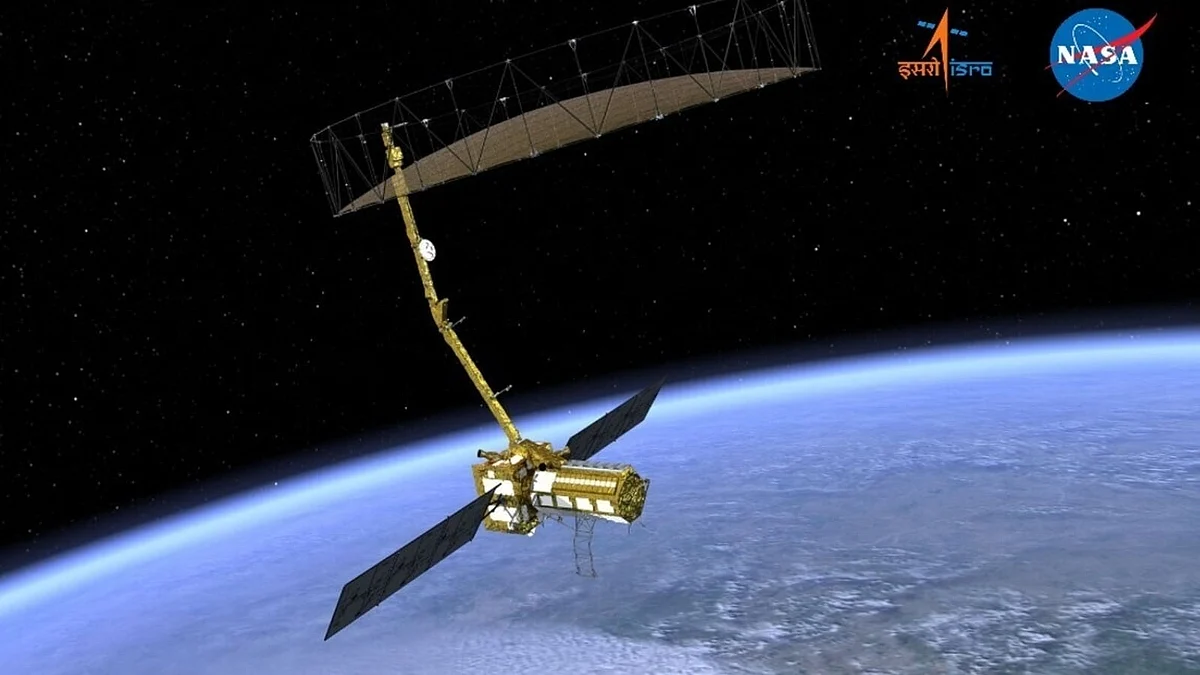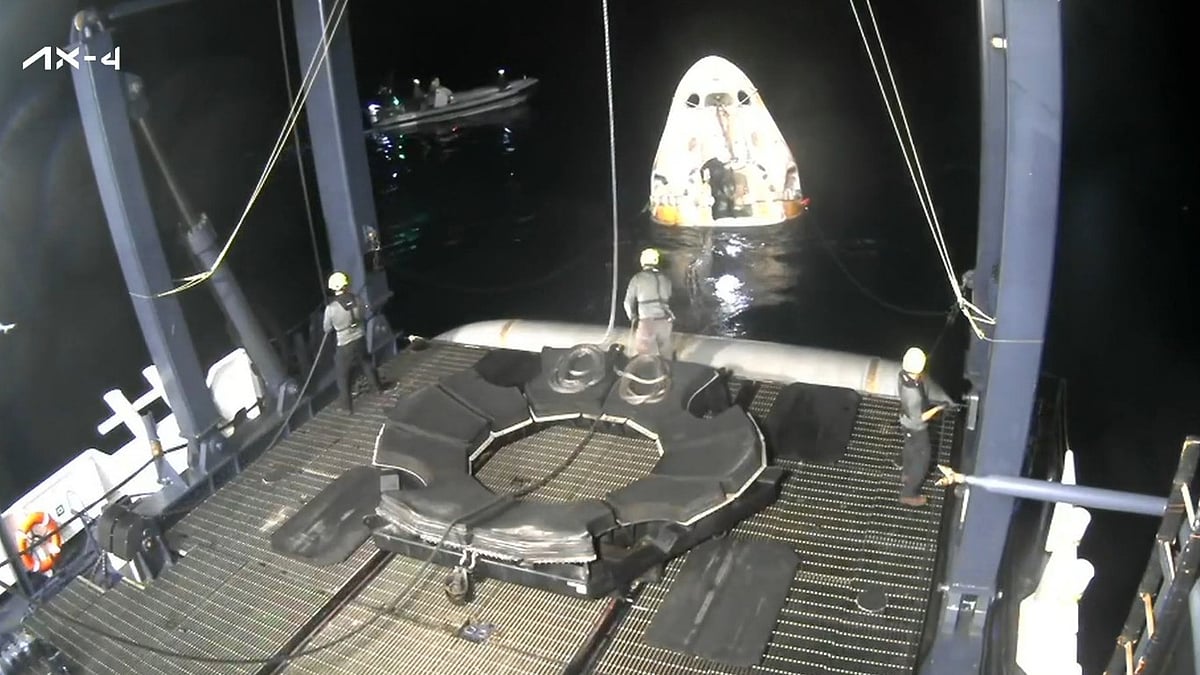Scientists have recently detected an immense coronal hole formed on the sun's surface, releasing a torrent of high-velocity solar winds in our way, and astronomers are monitoring it. This expanse of darkness discovered on December 2 swiftly expanded to the incredible 800,000 km in just 24 hours, which equals 60 times the Earth's diameter. Scientists initially believed it to be short; however, the sudden and significant expansion has baffled and concerned the astronauts.
This solar opening has been facing face Earth directly, beginning December 4. These holes are not unique, but the size and timing of this one have caught the scientific community's interest. It is mainly significant as the sun reaches the peak of its 11-year activity cycle, known as the solar maximum, anticipated to occur in 2024.
Originally, there were concerns that the solar winds, which can travel at speeds ranging from 500 to 800 kilometres per second, might force a G2 geomagnetic storm, potentially resulting in radio blackouts and stunning auroras. However, the Spaceweather.com report claimed that the solar wind's intensity was not as intense as expected, resulting in a weak G1 geomagnetic storm. Despite the less severe impact, the probability of auroral displays remains, mainly at higher latitudes.
It's regular for the sun to undergo activity cycles, marked by the emergence of sunspots, coronal mass ejections, solar flares, and coronal holes similar to the present one. These phenomena are tied to the sun's magnetic field, which reverses polarity during the solar maximum.
On the sun's surface, sunspots are the cooler regions where magnetic fields are mainly intense. Scientists are drilling for more frequent and profound solar activity as they edge nearer to the solar maximum.
While the current coronal hole offers no substantial threat to Earth as it moves away from the planet's surface, it reveals the dynamic nature of our star and the need to monitor solar activity for prospective impact on our planet's technology and environment.











